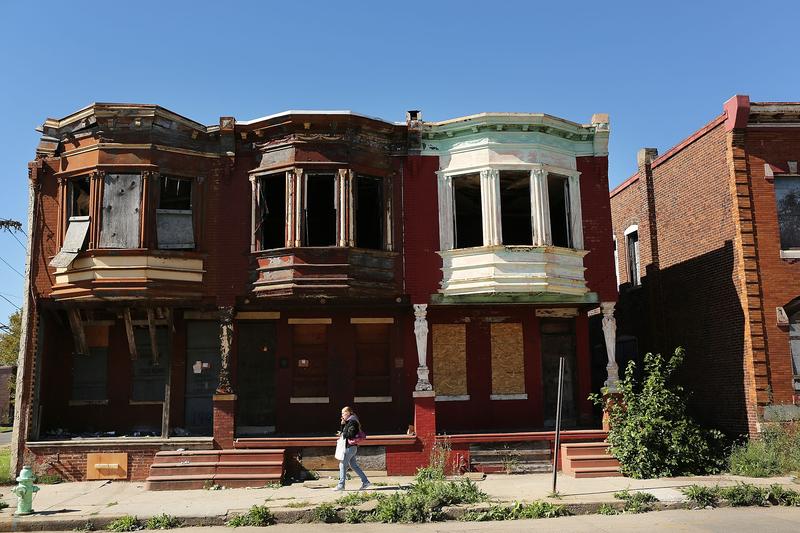
For the first installment of our series Strapped: A Look at Poverty in America, Sasha Abramsky, author of The American Way of Poverty, and Chris Wimer, researcher at Columbia Universty's Population Research Center, discuss how poverty is defined, and how that definition has changed—or remained stagnant—over time. They’ll also talk about what living in poverty means for individuals, families, and children, the ways of addressing poverty, and the successes and failures of the war on poverty in the 50 years since it was launched.
The formula for measuring poverty was created about 50 years ago by a woman named Molly Orshansky, who was a research analyst at the Social Security Administration. She determined that a family of three or more typically spent one-third of its income on food, so she determined the cost of the minimum adequate diet for a family and multiplied that by three. The poverty threshold for a family of four in 1963 was $3,100 a year. Today it’s $23,850.
“Today most experts agree that it’s quite outdated and that it no longer captures what family’s need to get by,” said Wimer. A new, better way to measure poverty, he said, includes variations in the cost of living and key benefits, such as the Earned Income Tax Credit, food stamps, unemployment. When those benefits are taken into account, you do see a reduction in poverty over time since the 1960s.
“We’ve gone through three or four decades where poverty has been allowed to fester and inequality has been allowed to fester and both of those problems have been allowed to grow,” Abramsky said. “We increasingly said if you’re poor, you’re poor because you did something wrong, or you’re poor because it’s your own fault, or you’re poor because you didn’t play by the rules. And it’s only in the last few years that we began looking again at poverty and at inequality as systemic crises that demand policy responses.”
